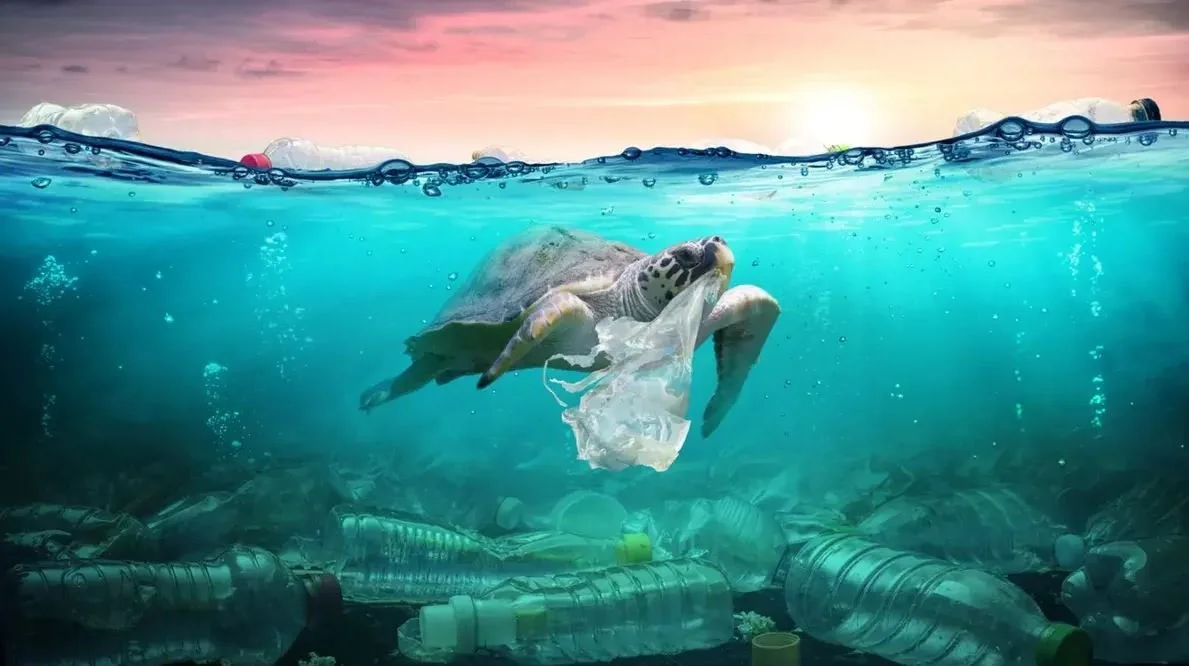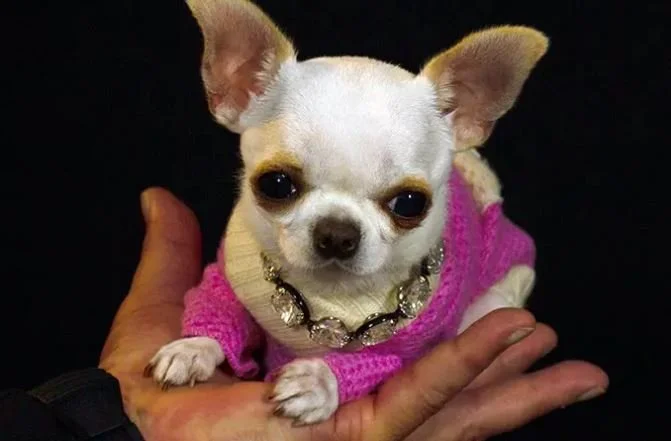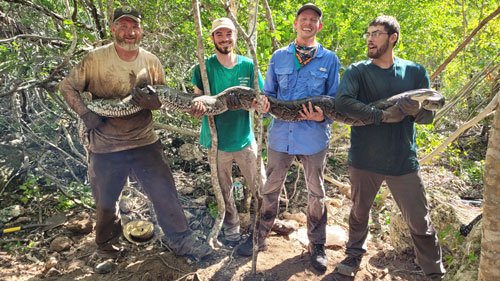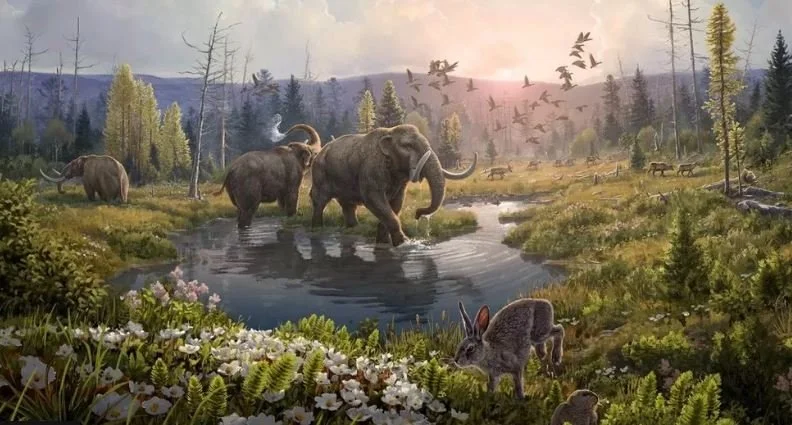Great Pacific Garbage Patch Creates Creepy Ecosystem
Scientists have discovered that the great Pacific garbage patch, the 620,000-square-mile vortex of trash in the ocean, is rife with thriving communities of sea creatures, most of them more naturally at home on the coasts.
The scientists identified 484 invertebrates across a range of species clinging to and swimming among the floating plastic that makes up the gigantic swath of garbage. These coastal species included jellyfish, sponges, worms, and other organisms.
“What’s new,” says Linsey Haram, lead author of the study published in Nature Ecology & Evolution, “is that we now—likely because of plastics—are seeing coastal species and these native pelagic species together, interacting quite frequently on debris. We’re essentially creating new communities in the open ocean.”
That may sound like a feel-good “Life Will Find A Way” story, but it’s really a 620,000-sq-mile disaster in the making. Erstwhile coastal organisms are now competing with pelagic (open-ocean) species for food and resources. It’s a massive mix of invasive species borne on plastic, and they are breeding.
“If you can reproduce, then you can spread. And if you can spread, you can invade,” marine microbiologist Linda Amaral-Zettler tells Scientific American. “You’re not just a dead end; you’re not just hitchhiking and then perishing at the end of it.”
Photo credit: RomoloTavani / iStock







